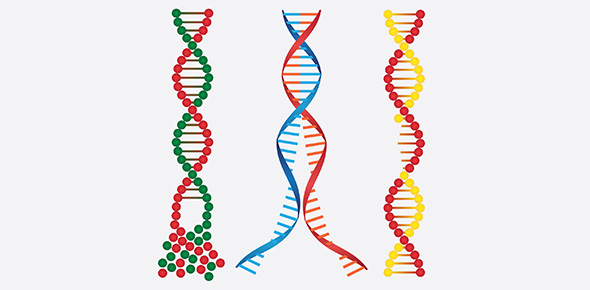Related Flashcards
Related Topics
Cards In This Set
| Front | Back |
|
Why do multicellular organisms need specialised exchange surfaces?
|
They have a small surface area to volume ration and so can't diffuse in everything they need as it can't get everywhere.
|
|
Why can single celled organisms simply diffuse in all of their nutrients and oxygen?
|
They have a small surface area to volume ratio and so the diffused substances reach everywhere.
|
|
What features make for a good exchange surface?
|
Large surface area - folding walls and membranesThin barrier to reduce diffusion distanceFresh supply of molecules on one sideRemoval of required molecules maintaining gradient
|
|
What sized surface area is best for the lungs?
|
Large surface area provides more space for molecules to pass through.
|
|
What kind of barrier is best suited for the lungs?
|
The plasma membrane surrounding the thin cytoplasm of the cells form the barrier to exchange.Barrier PERMEABLE to oxygen and carbon dioxide
|
|
How thick is the alveolus wall?
|
One cell thick
|
|
How thick is the capillary wall?
|
One cell thick
|
|
What type of cells do both walls consist of?
|
Squamous cells - meaning flattened or very thing
|
|
Why are the capillaries so narrow?
|
So erythrocytes are squeezed against the wall making them closer to the alveoli and reducing rate of blood flow.
|
|
What is the total diffusion distance for the carbon dioxide to diffuse against?
|
2 flattened cells thick - less than 1um
|
|
How does the thin layer of moisture in the alveoli help diffusion?
|
Gasses absorbed by moisture making it easier for substances to diffuse into capillaries.
|
|
Why must the lungs produce a surfactant?
|
Moisture of the lungs evaporates when we breathe out and without the surfactant to reduce cohesive forces between water molecules the alveoli would collapse.
|
|
Outline the steps of inspiration
|
Diaphragm contracts to become flatter, External intercostal muscles contract to raise ribs,Volume of chest cavity increasesPressure in chest cavity drops below atmospheric pressureAir moves into lungs
|
|
Outline the steps of expiration
|
Diaphragm relaxes and is pushed up,External intercostal muscles relax, ribs fall,Volume of chest cavity decreases,Pressure in lungs increases and rises above atmospheric pressure,Air moves out of lungs
|
|
What can be found in the bronchioles?
|
Larger may have some cartilage - not muchSmooth muscleBlood vesselsLoose tissue with elastic fibresCiliated epitheliumGoblet cell
|






